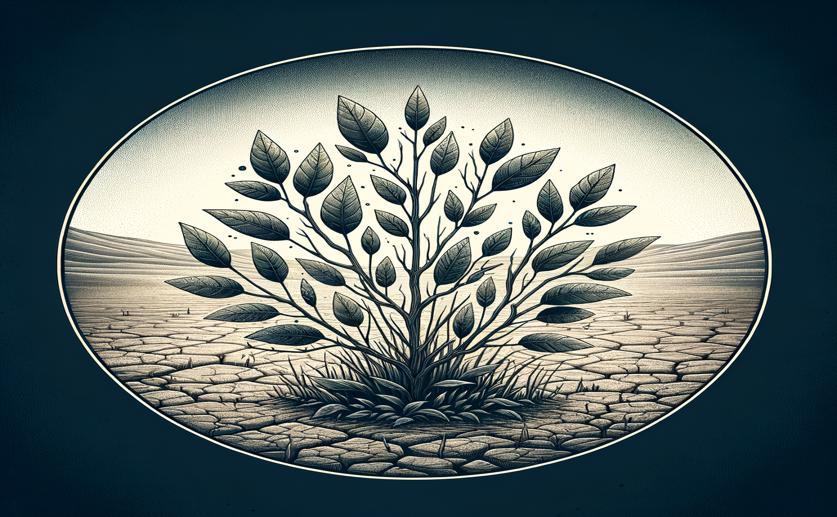
Boosting a Drought-Resistant Gene Slows Plant Growth Under Stress
Jenn Hoskins
9th May, 2024

Image Source: Natural Science News, 2024
Key Findings
- Researchers at The University of Tokyo studied a protein, PgWRKY74, in pearl millet that may affect drought tolerance
- PgWRKY74 was found to potentially act as a negative regulator, possibly reducing the plant's drought response
- This insight could help develop crops that better withstand environmental stresses like drought
References
Main Study
1) Overexpression of a pearl millet WRKY transcription factor gene, PgWRKY74, in Arabidopsis retards shoot growth under dehydration and salinity-stressed conditions
Published 8th May, 2024
https://doi.org/10.1007/s10529-024-03492-1
Related Studies
2) Genome-wide identification and expression analysis of WRKY transcription factors in pearl millet (Pennisetum glaucum) under dehydration and salinity stress.
3) Floral dip: a simplified method for Agrobacterium-mediated transformation of Arabidopsis thaliana.
Journal: The Plant journal : for cell and molecular biology, Issue: Vol 16, Issue 6, Dec 1998
4) Transcriptomic analysis reveals the differentially expressed genes and pathways involved in drought tolerance in pearl millet [Pennisetum glaucum (L.) R. Br].
5) Low oleic acid-derived repression of jasmonic acid-inducible defense responses requires the WRKY50 and WRKY51 proteins.



 30th April, 2024 | Jim Crocker
30th April, 2024 | Jim Crocker